
We have found several specimens in various sites at Tulamben. In overall color pattern, these resemble Hypselodoris tryoni. Because the two are in different genera, it probably means this is either an unlikely accidental resemblance or a case of Mullerian mimicry. In rough terms, Mullerian mimicry is when all the species that mimic each other are protected in some way, here by poison glands in the skin. Basically, this reduces the "learning curve" of training each new predator that a particular color pattern is inedible. If several other species look like you, the predator is more likely to spend its time learning not to eat things like you by tasting someone else.

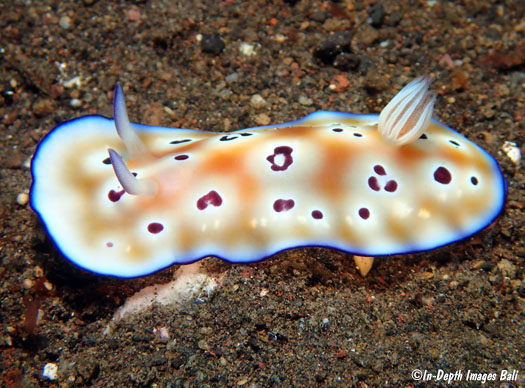
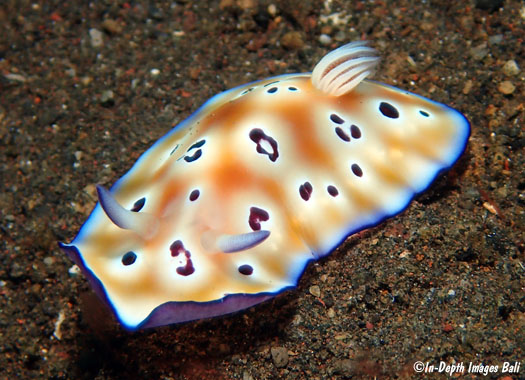
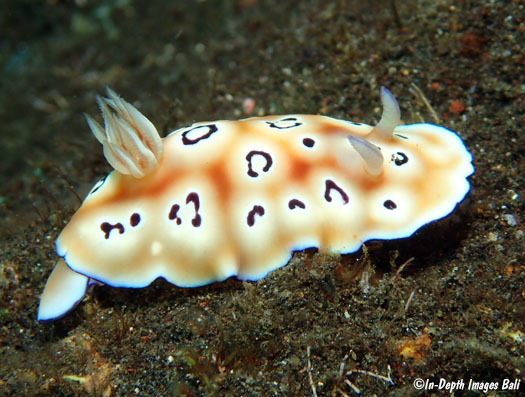
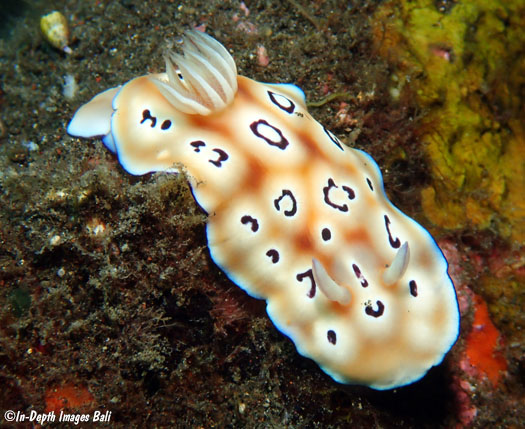
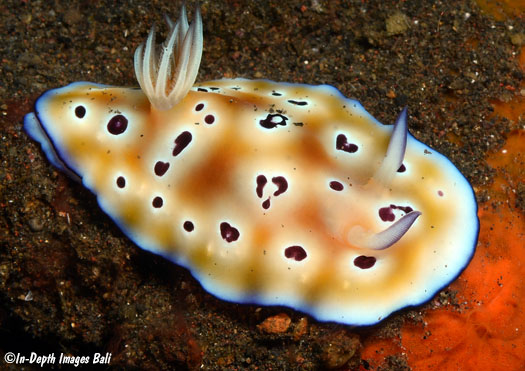
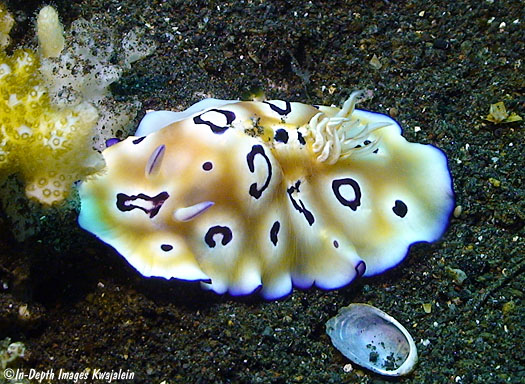
I'm sticking my neck out a bit by calling the next two photos G. leopardus. It is possible they are H. tryoni instead. However, the young specimen below appeared to be feeding on the purple sponge Chelonaplysilla violacea, which is preferred by species of Goniobranchus. Hypselodoris tend to eat species of Dysidea. Also, the wider margins of both specimens below are more like species of Goniobranchus.
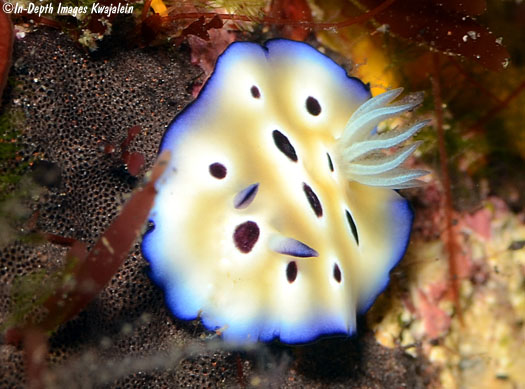
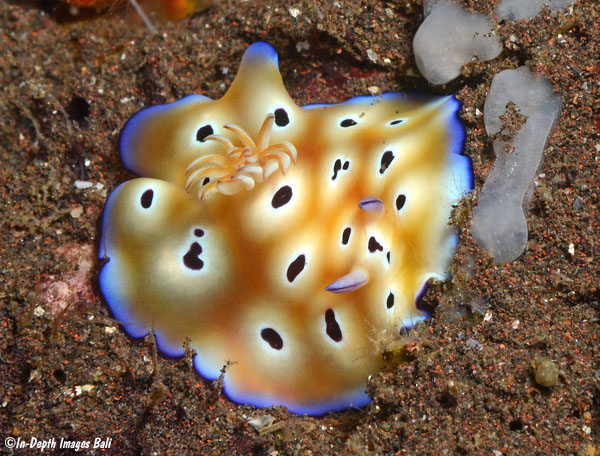
The next three photos are puzzling. The animal on the left of the first photo looks very much like typical Goniobranchus leopardus. The one on the right looks like the one we have been calling Hypselodoris cf tryoni (which is probably just a color variant of H. tryoni). Yet the two are clearly mating. Either they are a bit confused or they are actually odd color forms of a single species, possibly H. tryoni.
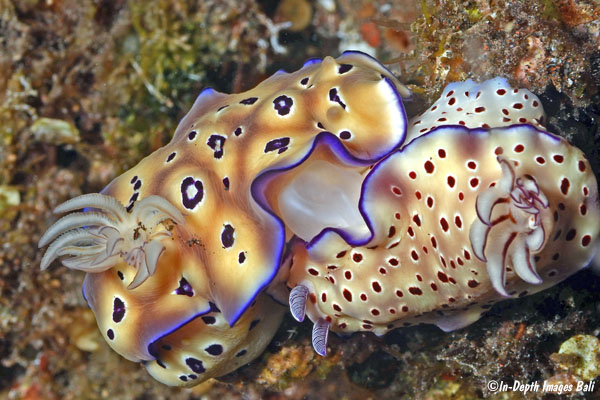
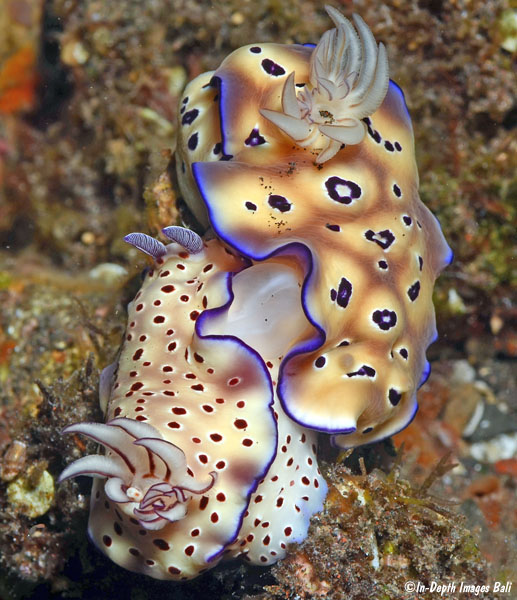
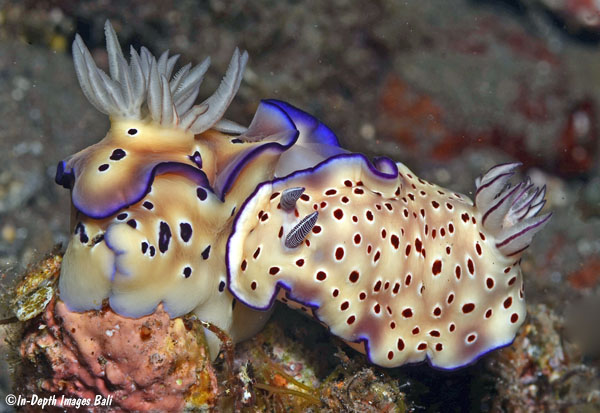
Created 26 December 2012
Updated 7 July 2024